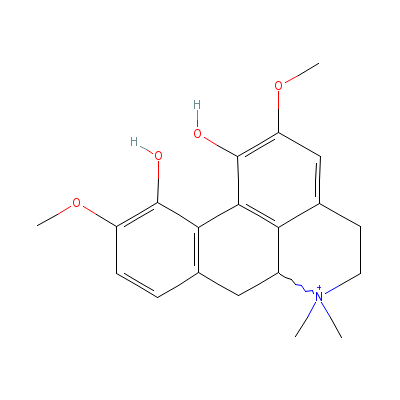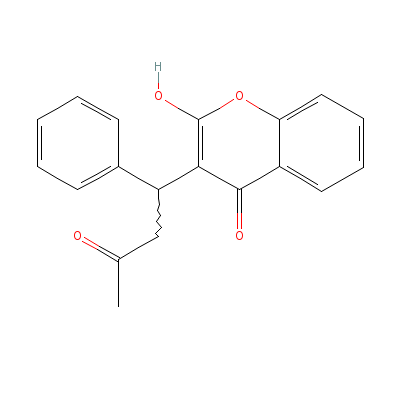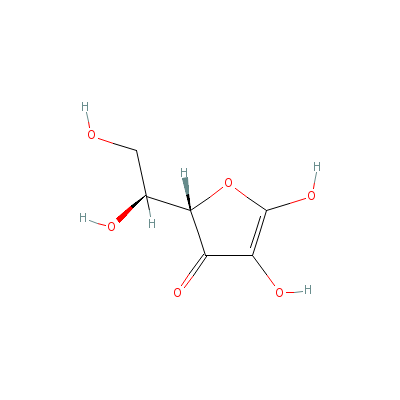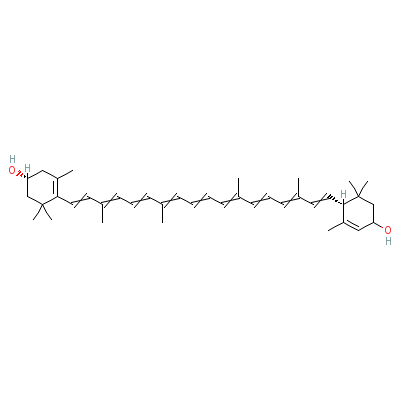| |
|
|
Botanical Name |
: |
Caltha palustris Linn. |
English
Name |
: |
Marsh Marigold |
Synonym(s) |
: |
Trollius paluster Krause |
Family |
: |
Ranunculaceae |
| |
General Info
| Description |
 |
|
A highly variable polymorphic aquatic herb. Rhizomes 2-3 cm thick, fibrous, branched; radical leaves reniform, 5-10 cm across, long-petioled, covered by a membranous sheath; cauline leaves reniform-deltoid, obtuse-dentate or crenate-dentate, apically crenate or entire; flowers single or in few-flowered inflorescences, sepals petal-like, yellow, white or magenta-pink; follicles flattened, oblong, 8-20 mm long, gradually or abruptly beaked, 7-20 seeded; seeds black, lustrous, evenly ovoid. |
| Herb Effects |
 |
|
Antiinflammatory (leaf and root); stimulates the central nervous and cardiovascular systems, spermicidal, anodyne, antispasmodic, diaphoretic, diuretic, expectorant and rubefacient (plant); diaphoretic, emetic and expectorant(root). |
Chemistry
| Active Ingredients |
 |
|
Carotenoids, 3'-epilutein and 3'-O-didehydrolutein (flower); triterpinoid glycosides, calthaxanthin and magnoflorine (root); coumarins (plant); vitamin C (leaves); a- and ß-carotene, xanthophyll, xanthophyllepoxide and trollixanthin (flower buds). |
| Chemistry
of Active Ingredients |
 |
|
|
 |
Name |
CAS# |
IUPAC Name |
Formula |
Structure |
 |
|
| Magnoflorine |
6681-18-1 |
Not Available |
C20H24NO4+ |

|
| Coumarin |
60094-90-8 |
6-(1,2-dihydroxy-3-m
ethyl-but-3-enyl)-7-
methoxy-chromen-2-on
e |
C15H16O5 |

|
| Vitamin C |
89924-69-6 |
2-(1,2-dihydroxyethy
l)-4,5-dihydroxy-fur
an-3-one |
C6H8O6 |

|
| Beta carotene |
7235-40-7 |
3,7,12,16-tetramethy
l-1,18-bis(2,6,6-tri
methyl-1-cyclohexeny
l)-octadec
a-1,3,5,
7,9,11,13,15,17-nona
ene |
C40H56 |

|
| Xanthophyll |
34445-91-5 |
4-[18-(4-hydroxy-2,6
,6-trimethyl-1-cyclo
hexenyl)-3,7,12,16-t
etramethyl
-octadec
a-1,3,5,7,9,11,13,15
,17-nonaenyl]-3,5,5-
trimethyl-cyclohex-2
-e
n-1-ol |
C40H56O2 |

|
|
Pharmacology
| Medicinal Use |
 |
|
To remove warts and is also used in the treatment of fits and anaemia (plant); used in the treatment of high blood cholesterol and rheumatism (root). |
| Contraindication |
 |
|
In the mature stages, poisonous to human beings and livestock. It causes diarrhoea when eaten in large quantities and is occasionally fatal. It also affects the quality and quantity of milk when fed to milch cattle. The plant has an acrid juice which is liable to cause inflammation and blistering if it comes in contact with the
skin. |
| Reference |
 |
|
 Chandel et al., Biodiversity in Medicinal and Aromatic Plants in India. Chandel et al., Biodiversity in Medicinal and Aromatic Plants in India.
Uniyal et al., Medicinal Flora of Garhwal Himalayas.
Johnson T. CRC Ethnobotany Desk Reference (www.herbweb.com/herbage). |
Dealers
Products
|
|
|
|
|